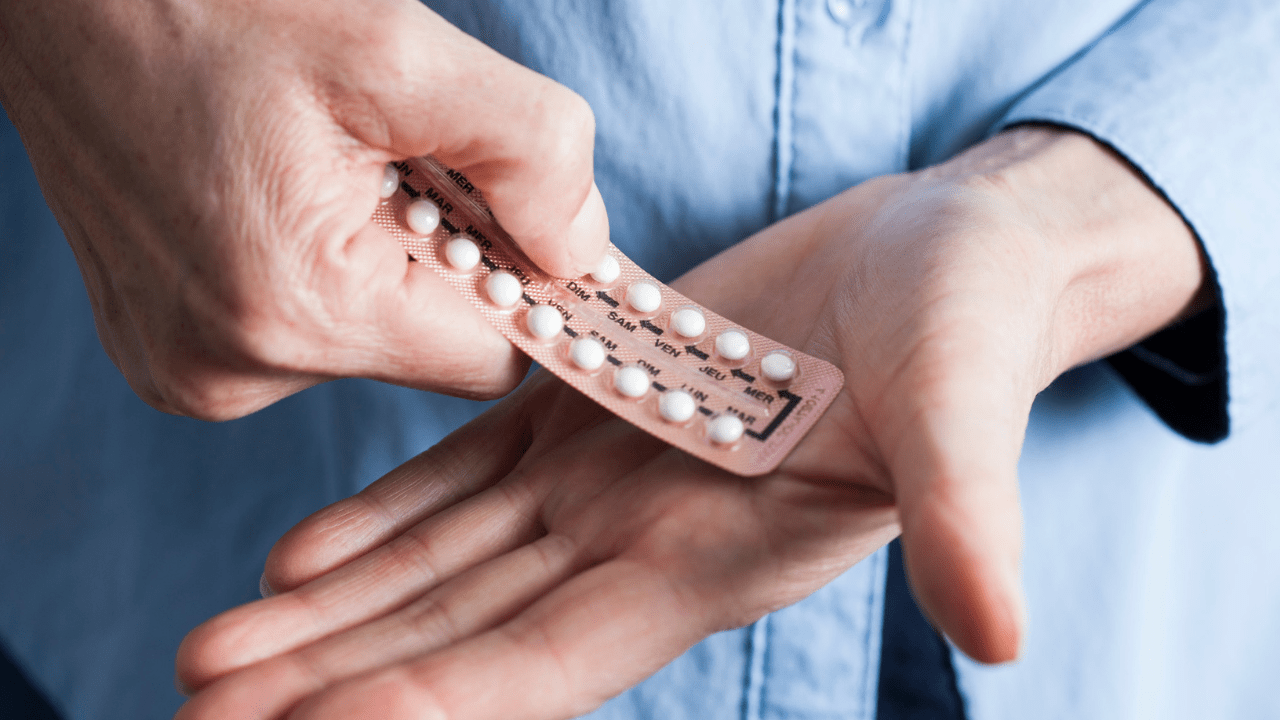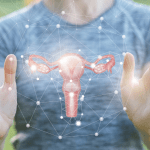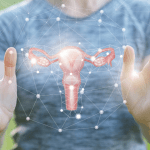If we look at the idea of partial hysterectomy for treating perimenopause symptoms, this is what happens in a partial hysterectomy. The surgeon takes your uterus and leaves your ovaries behind. So, what’s the difficulty with this? The ovaries have been left behind, but the ovaries will continue to shut down. They’ve stopped releasing eggs. They’ve stopped making estrogen, eventually resulting in full menopause. So, the only difference really is no more periods and if you’ve had a hysterectomy, you can take hormone therapy of estrogen only without taking the progesterone part.

For a full hysterectomy they take the ovaries as well. In this case, you then go directly into surgical menopause. So, for full hysterectomy, gone is the uterus and the ovaries. No ovaries means you have no estrogen, you have no eggs and well welcome to instant menopause.
So, surgical menopause is notoriously brutal because the change in hormone levels is so sudden and dramatic, and therefore the symptoms are usually very severe. Most women who do this will just go into hormone therapy straight away because it’s really horrible. The exception being the hysterectomy due to cancer.

So, the answer to this is that really a hysterectomy is only going to make things worse for most of us. If you’re considering the surgical procedure, think again, get a second opinion, particularly because the surgery cannot be reversed. As I mentioned earlier, there may be other options.







